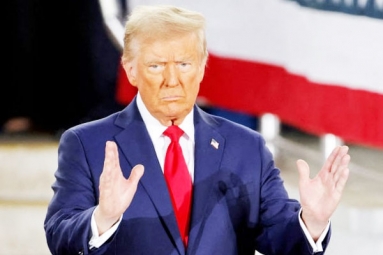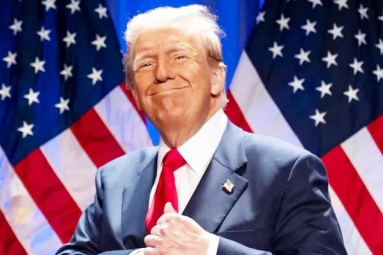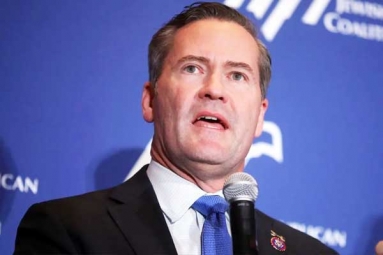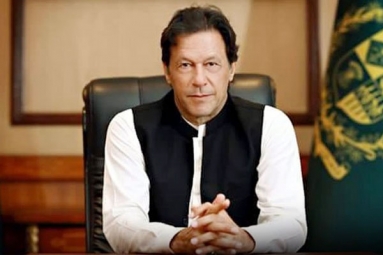Extremist Hindu Groups Attacking Minorities in India: U.S. State Department Report
June 24, 2019 09:21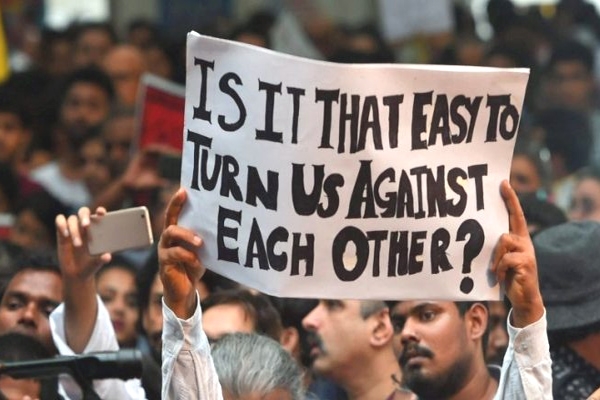
(Image source from: The Wire)
Mob attacks by vicious extremist Hindu groups against minority sections, especially Muslims, remained in India in 2018, surrounded by rumors that victims had killed or traded cows for beef, an official report by the United States said Friday.
In its annual 2019 International Religious Freedom Report, the state department also alleged that senior officials of the ruling Bharatiya Janata Party (BJP) made inflammatory speeches against minority communities.
In spite of the fact that India’s constitution ensures the right to religious freedom, “this history of religious freedom has come under attack in recent years with the growth of exclusionary extremist narratives”, the report says.
The report commended India’s “independent judiciary” for on numerous occasions giving essential protections to religious minority communities through its jurisprudence.
The “exclusionary extremist narratives”, the report says, include“the government’s allowance and encouragement of mob violence against religious minorities”. The “campaign of violence” says involves intimidationand harassment against non-Hindu and lower-caste Hindu minorities.
“Mob attacks by violent extremist Hindu groups against minority communities, especially Muslims, continued throughout the year amid rumors that victims had traded or killed cows for beef,” it said.
According to some Non-Governmental organizations (NGOs), the authorities often protected perpetrators from prosecution, it said.
As of November, there were 18 such attacks and eight people killed during the year, the report said.
Two police officers from Uttar Pradesh were charged with culpable homicide after a Muslim cattle trader died of injuries sustained while being interrogated in police custody.
Secretary of the state Mike Pompeo, releasing the report at the Foggy Bottom headquarters of the state department said the report was like a report card which tracks countries to see how well they have a high opinion of this fundamental human right.
Government’s Failure to Act
The state department said in the India section, there were reports by non-governmental organizations that the governmentevery so often failed to act on mob attacks on religious minorities, critics of the government, and marginalized communities.
The state department said that the state and Central governments and political party members took steps that exerted influence on Muslim practices and institutions.
The report said the government carried on with its challenge in the Supreme Court to the minority status of Muslim educational establishments, which affords them independence in curriculum hiring and decisions.
“Proposals to rename Indian cities with Muslim provenance continued, most notably the renaming of Allahabad to Prayagraj. Activists said these proposals were designed to erase Muslim contributions to Indian history and had led to increased communal tensions,” the state department said.
There were reports of religiously driven assaults, public violence, killings, vandalism, discrimination,and actions imposing limits on the right of individuals to practice their religious beliefs and proselytize, the annual report said.
However, noting the positive developments, the report says some government entities made endeavors to counter elevating intolerance in the country. Citing the former home minister Rajanth Singh, it said there was a 12 percent decline in communal violence compared to the past year.
Senior U.S. government officials highlighted the significance of respecting religious freedom and promoting tolerance all through the year with the opposition and ruling parties, religious freedom activists and civil society, and religious leaders belonging to various religious communities, according to the report.
As per July 2018 estimate, India has 1.3 billion population. Hindus comprise 79.8 percent of the population, Muslims 14.2 percent, Christians 2.3 percent and Sikhs 1.7 percent.
The religious groups that together make up less than one percent of the population include Jains, Buddhists, Jews, Zoroastrians (Parsis), and Baha’is.
By Sowmya Sangam



